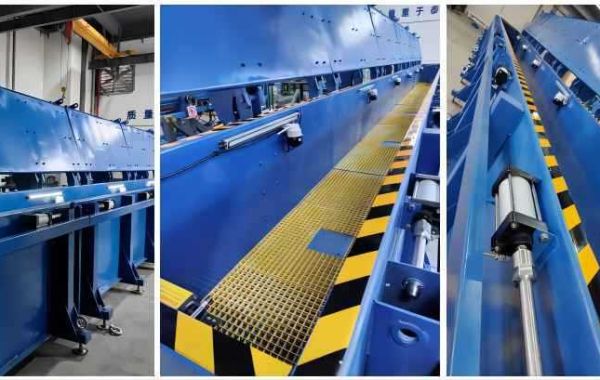The design of an "Explosion-proof Pressure Testbay" is a complex engineering challenge, requiring careful consideration of numerous factors. The primary goal is to create a structure that can safely contain a potential explosion and minimize its impact.
The size and shape of the testbay are determined by the size and type of equipment being tested. The materials used in construction must be able to withstand the anticipated explosive forces. Reinforced concrete and steel are common choices, often used in combination to provide optimal strength and venting characteristics.
Venting is a critical aspect of the design. Controlled venting allows the pressure from an explosion to be released in a safe direction, preventing catastrophic damage to the structure and surrounding areas. Vent panels are often incorporated into the walls and roof, designed to open at a predetermined pressure.
The internal layout of the "Explosion-proof Pressure Testbay" must also be carefully considered. Equipment placement, access points, and safety systems must be designed to minimize risks to personnel and facilitate efficient testing procedures.
Remote monitoring and control systems are often integrated into the design, allowing personnel to conduct tests from a safe distance. This reduces the risk of injury in the event of an explosion.
Fire suppression systems are another important safety feature. These systems are designed to automatically extinguish any fires that may result from an explosion.
The design of an "Explosion-proof Pressure Testbay" requires a thorough understanding of explosion dynamics, material science, and safety engineering principles. The goal is to create a structure that provides the highest level of protection for personnel and equipment.






